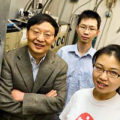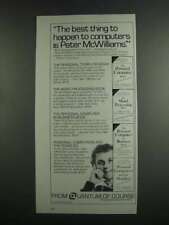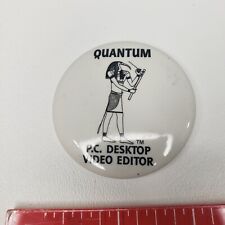
Scientists at the Max Planck Institute report that they were able to cool single rubidium atoms and “store” them for 17 seconds. The researchers, writing in Nature, said this was by far the longest storage time ever achieved in a strongly coupled resonator system. The ability to control single atoms in this way is a critical step in the development of quantum computing devices.
The trapping and storing of atoms is an elaborate process. Typically, laser “cooling” – where an individual atom has energy taken from it – is used in conjunction with a magneto-optical trap.
To achieve this, the atom is shot from six directions with laser beams whose frequency lies a little below the excitation energy. The experimenters at the Max Planck Institute of Quantum Optics prepared rubidium atoms in this way and then trapped them in the electromagnetic field of a laser beam. The atoms were then manipulated over a distance of 14 millimeters in an optical resonator made of two opposite concave mirrors. Once the atoms are between the mirrors, the scientists changed the geometry of the light trap, mirroring the laser beam back onto itself. A standing light wave then builds and the atoms are held in the trap’s cavities.
For measurement of the storage period, the photons that are scattered in the resonator are counted. A few milliseconds after turning on the “light trap” the rate of counting accelerates significantly, because the atom between the mirrors is already relatively “hot”. Inside of 100 microseconds there is a condition of balance and the atom reaches its final temperature, just above absolute zero.
The scientists investigated how the various cooling forces affected storage times. Atoms without cooling were held on average only 2.7 seconds, but an atom cooled using the Doppler Effect resonance method stayed in the resonator for 17 seconds. The researchers speculate that an atom could be held for longer than one minute in such an optical resonator.
The researchers believe that the longer storage times they have achieved will allow experiments in which the interaction of individual atoms with individual photons can be observed and controlled. Such experiments may delve into entanglement, coupling and the teleportation of quantum states between very distant atoms with the help of photons.














Comments are closed.